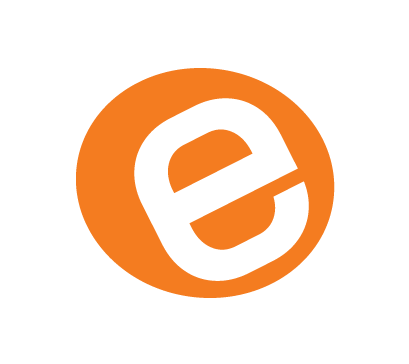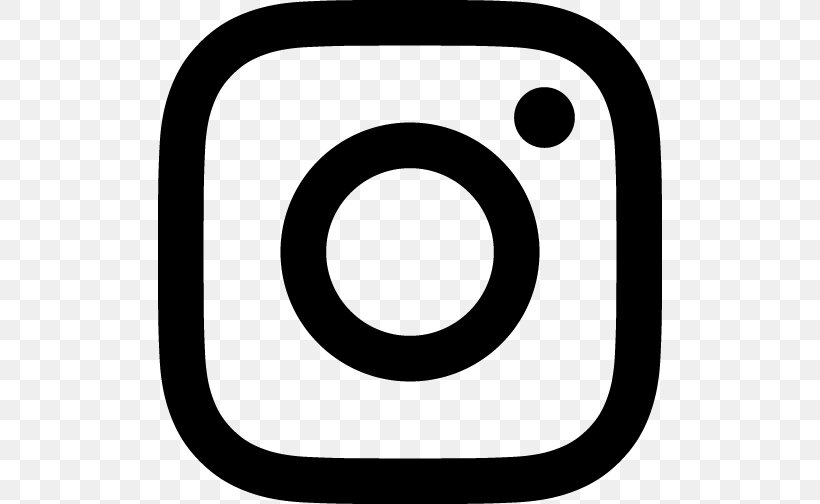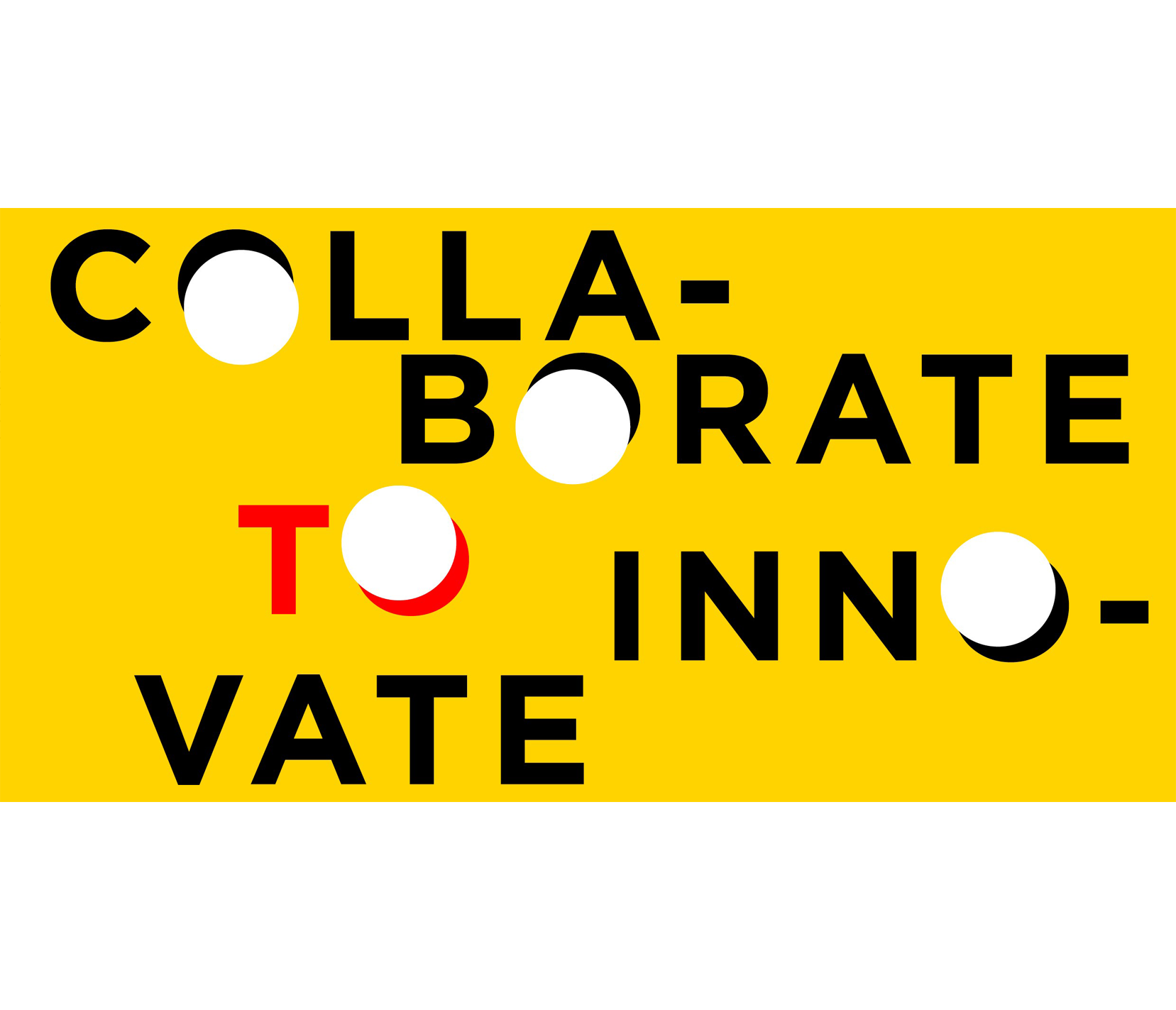Artyści Fluxusu


Program weekendowych spotkań wyglądał następująco:
15.05.2010 (sobota)
godz. 17.00 - otwarcie wystawy
godz. 18.00 - wykład dr Łukasza Guzka
godz. 19.00-21.00 - spotkanie z artystami, dyskusja
16.05.2010 (niedziela)
godz. 16.00-18.00
- performensy Erica Andersena, Charlesa Dreyfusa, Ann Noël
- pokazy filmów
- spotkanie z artystami
Programm:
15.05.2010 (Saturday)
5.00 pm - opening
6.00 pm - lecture by dr Łukasz Guzek
7.00-9.00 pm - meeting with artists, discussion
16.05.2010 (Sunday)
4.00-6.00 pm
- performances of Eric Andersen, Charles Dreyfus, Ann Noël
- films presentations
- meeting with artists
Wystawę można oglądać do 13.06.2010 r.
ARTYŚCI FLUXUSU Ann Noël, Eric Andersen, Charles Dreyfus
Stworzone zostały przez ten ruch nowe dziedziny aktywności artystycznej, nazwanej sztuką intermedialną, (termin intermedium wprowadził D. Higgins z Nowego Yorku). Pojęcie to określało łączenie nowych technologii w jedną, inną całość. Ta hybrydyzacja intermedialna (malarstwo, happening, fotografia, akcje i inne) spowodowała w późniejszych latach masowy wybuch stosowania nowych mediów (z użyciem obecnie Internetu i cyfrowego zapisu filmu i fotografii). Pierwszy raz w sztuce artyści "Fluxusu” zaczęli łączyć różne technologie, dotychczas niemożliwe do połączenia: np. "sztuka poczty" (sztuka dedykowana była przez artystów, artystom, a nie muzeom i galeriom). Powstawały więc prywatne kolekcje poza siecią art.-businessu. Rodzi się "performance", który połączył zabawę ludyczną z kreacją artystyczną;
W Wiesbaden we wrześniu 1962 roku odbyła się międzynarodowa wystawa "Fluxus International Festspiele" gdzie ujawniły się najciekawsze i twórcze koncepcje intermedialne nazwane później "Ruchem Fluxus". Ruch ten najwcześniej ujawnił się w Europie: prawie w każdym większym mieście działali artyści już na początku lat 60.
W ruchu tym uczestniczyli m. in. Joseph Beuys, Nam Jun Paik, i John Cage, Yoko Ono, Mieko Shiomi, Jackson Mac Low, George Brecht, Carolee Shneemann, Dick Higgins, Alison Knowles, Ann Noël i Emmet Wiliams, Wolf Vostell, Ben Patterson;, Robert Filiou, Charles Dreyfus, Eric Andersen.
Wystawa w Galerii Sztuki Najnowszej Miejskiego Ośrodka Sztuki w Gorzowie Wlkp. zaprezentuje najnowsze prace Ann Noël, Erica Andersena, Charlesa Dreyfusa oraz dokumentację innych artystów z lat wcześniejszych.
Na spotkaniu z artystami 15 maja porozmawiamy o historii i refleksjach na temat tego ruchu. W programie dwudniowym znajdą się pokazy filmów i performances, oraz wykład dr Łukasza Guzka.
Kurator Galerii Sztuki Najnowszej: Romuald Kutera
In September 1962 Wiesbaden held the international exhibition entitled ‘Fluxus International Festspiele’ which revealed the most interesting and innovative intermedial concepts called later ‘Fluxus Movement’. This movement appeared at the earliest in Europe: as early as at the beginning of the 1960s, the artists were active in almost every larger city.
The members and participants of this movement included inter alia Joseph Beuys, Nam Jun Paik and John Cage, Yoko Ono, Mieko Shiomi, Jackson Mac Low, George Brecht, Carolee Shneemann, Dick Higgins, Alison Knowles, Ann Noël and Emmet Wiliams, Wolf Vostell, Ben Patterson, Robert Filiou, Charles Dreyfus, Eric Andersen. The exhibition held in the Recent Art Gallery of the City Art Centre in Gorzów Wielkopolski will present the latest works of Ann Noël, Eric Andersen and Charles Dreyfus as well as the documentation of the other artists’ activity from previous years.
At the meeting planned for 15th May we are to talk with the artists about the history of this movement and our reflections on it. The two-day program includes film projections and performances as well as the lecture delivered by dr. Łukasz Guzek.
The works displayed in the Recent Art Gallery will be for sale to Polish collections.
The curator of the Recent Art Gallery: Romuald Kutera
Artystka o swoich pracach:
PAMIĘTNIKI WIZUALNE 1962-2006
Prowadzę swój pamiętnik wiernie od czasu, kiedy byłam nastolatką. Na początku było w nim więcej nadzwyczajnych zdarzeń, które działy się w mojej rodzinie, a następnie, kiedy zaczęłam poznawać więcej interesujących ludzi – artystów, poetów i kompozytorów – pojawiły się w nim zapisy ich imion oraz czasu i miejsca ich spotkania, a czasem i czegoś więcej. Nie miałam zamiaru, aby pamiętniki te były czytane przez kogokolwiek z wyjątkiem mnie samej - traktowałam je wyłącznie jako materiał źródłowy. Jednakże po latach zaczęłam się interesować sposobem, w jaki grupa ludzi, z którymi dzieliłam moje życie wchodziła do nich i z nich wychodziła, bez względu na to jakie wybrali sobie niegdyś miejsce życia czy pracy. Określałam to pojęciem CONFLUX czyli wspólnym przepływem. Nie było to oczywiście zbiegiem okoliczności, że wielu z tych artystów było znanych jako artystów FLUXSUS-u. Emmett Williams, który był moim mężem i partnerem przez ponad 37 lat jest jednym z założycieli tego ruchu.
Dzienniki Wizualne są faktycznie stronami reprodukowanymi z tych książek pisanych ręcznie, po kilka stron miesięcznie. W czasie gdy odbywały się ważne wydarzenia takie jak wystawy, performance, odczyty i tym podobne, teksty pozostawały dokładnie w tej samej formie, w której zostały napisane. Dodałam też, tam gdzie należało, materiały ilustracyjne – fotografie, programy, rysunki, wydruki. Sama w domu drukowałam i zszywałam strony, a także zaprojektowałam i skonstruowałam dla każdego 20-tomowego zestawu pudełka z falistej tektury, które pokryłam fragmentami plastikowych toreb na zakupy, mających za zadanie je wzmocnić i równocześnie chronić.
Edycja 20 tomów, z których każdy ma około 100 stron, 21 x 29.7 cm, znajduje się w oryginalnym własnoręcznie wykonanym pudełku, będącym równocześnie półką na książki.
ZE ŚCIANY, 2008
Obrazy w tle, nad którymi pracowałam, były pustymi ramami plakatów na murze Berlińskim, jednakże wyobrażenia, które zostały na nich nałożone znalazłam podczas mojego miesięcznego pobytu w Wenecji. Dodałam do nich barwy przy pomocy pasteli olejowych i przezroczystego tuszu i przez pomyłkę opryskałam otrzymane w ten sposób obrazy klejem. Jednakże, jak przyznaje każdy artysta, przypadek jest matką wynalazku – i kiedy pracowałam nad nimi jeszcze raz przy użyciu przezroczystego tuszu, otrzymałam również ciekawą fakturę.
Cyfrowe wydruki z poprawione pastelową kredką, klejem w sprayu, plastikowymi wycinkami i Barwą Artysty zostały zamontowane na tablicy. Wymiary: 50 x 35 cm.
W OKNIE I ZA OKNEM, 2010
Punktem wyjścia niniejszych wydruków cyfrowych były koperty firmowe ze wzorem po wewnętrznej stronie papieru, mającym na celu uniemożliwienie odczytu ich zawartości. Jednakże, w kopertach tych wycięto okienka, dzięki czemu można było przeczytać zapisany adres. Użyłam tych okienek jako ramy wskazówki do, jakby tu nie mówić, tajemniczej treści mojego „okna na przeszłość” i połączyłam je z angielską rymowanką dla przedszkolaków z wiersza „Mama Gąska”. Każde z nich sugerowało jakiś czas lub sytuację, którą następnie badałam poprzez dodawanie uzupełniających obrazów.
Kolaże te rozwijały się stopniowo w przeciągu kilku miesięcy ciągłej pracy nad nimi. Łączą one w sobie materiały znalezione, niewielkie przedmioty i skrawki papieru zebranego z ulicy, fotografie, rysunki i tym podobne elementy.
Wydruki cyfrowe na papierze matowym EPSON 48.3 x 33.8 cm,
drukarką CANON 9950 z 9-kolorowym tuszem.
THE VISUAL DIARIES 1962-2006
I have been faithfully keeping a daily diary since I was a teenager. At first there were the more extraordinary things that were happening to my immediate family, and then, as I began to meet more interesting people – artists, poets and composers – I wrote down their names and when and where I had met them, sometimes more. I did not intend for the diaries to be read by anyone but myself, and they were intended solely as source material, but as the years went by, I became interested in the way the group of people I was sharing my life with came and went in and out of it, no matter where we all had chosen to live or work. I called this CONFLUX, flowing together as it were, but of course it was no coincidence that many of the friends were already known as FLUXUS artists. My partner and husband for over 37 years, Emmett Williams, was a founding member of that movement.
The Visual Diaries are actual pages reproduced from these handwritten books, a couple pages every month, when there were significant events like exhibitions, performances, readings and the like, the texts left exactly the way they were written. I added illustrative material – photos, programs, drawings, printed works – where appropriate. The pages were printed and bound by me at home and I designed and constructed the boxes for each set of 20 volumes out of old corrugated cardboard, which I covered with pieces of plastic shopping bags, both to strengthen and protect them.
An edition of 20 volumes, each about 100 pages, 21 x 29.7 cm, in an original self-made bookshelf box.
OFF THE WALL, 2008
The background images upon which I worked, were empty poster frames on a wall in Berlin, but the images superimposed upon them I found during a month’s stay in Venice. I added colours to the pieces with oil pastel and transparent inks and mistakenly sprayed the resultant images with glue – but as every artist admits, chance is the mother of invention – and when I worked over them again with transparent inks, I had achieved texture as well.
Digital prints, overworked with pastel crayon, spray glue, plastic cut-outs and Artist Colour, mounted on board,
50 x 35 cm.
IN AND OUT THE WINDOWS, 2010
The starting point for these digital prints were business envelopes, with patterns on the inside of the paper, to hinder their contents from being legible. However there are windows cut out of them so one can read the address. I used the windows as a frame for a clue to the somewhat secretive contents of my ‘windows to the past’, and combined them with an English nursery rhyme taken from “Mother Goose”. Each one suggested a time or a situation, which I further explored by adding complementary images.
The collages gradually developed over the course of several months of constant reworking. They combine found material, small objects and bits of paper picked up on the streets, photographs, drawings and the like.
Digital prints on EPSON matt paper, 48.3 x 33.8 cm,
in a CANON 9950 printer with 9 ink colours.
Jest jednym z pionierów sztuki InterMedia, który przez ponad pięćdziesiąt lat tworzy dzieła otwarte, dzieła zmieniające się, arte strumentale, w których udział odbiorców i sposob komunikacji nie są uwarunkowane tradycyjnymi środkami przekazu czy przyjętą technologią. W roku 1962 stał się jednym z założycieli międzynarodowej sieci FLUXUS.
Miał kilkaset wystaw i performance na całym świecie i wydał niezliczoną ilość publikacji, z których jedna poświęcona jest miastu. Do jego głównych dzieł należą: Hidden Paintings [Ukryte Obrazy], Crying Spaces [Płaczące przestrzenie], Confession Kitchens [Kuchnie wyznania], Lawns That Turn Towards The Sun [Trawniki skierowane w stronę Słońca] oraz Artificial Stars [Sztuczne gwiazdy].
W roku 1996, kiedy to Kopenhaga była Kulturalnym Miastem Europy, został dyrektorem artystycznym największego zorganizowanego kiedykolwiek w Europie wydarzenia InterMedia. Trwało ono trzy dni, a pojawiły się w nim helikoptery, spadochrony, żyjące owce, alpinistów i 500 śpiewaków chodzących po morzu.
Dzieła ERIC’a ANDERSEN’a znajdują się we wszystkich czołowych kolekcjach sztuki eksperymentalnej, a ich autor został nagrodzony wieloma grantami przez instytucje rządowe i jednostki prywatne. W roku 1987 wygrał Nagrodę Wieży Eiffla [Eiffel Tower Price], a w roku 1997 otrzymał odznakę Eckersberg Medal od Królewskiej Duńskiej Akademii Sztuk Pięknych.
He is one of the pioneers of InterMedia and he has for more than 5 decades been developing open works, works under change, arte strumentale, audience participation and communication not conditioned by traditional media or accepted technology. In 1962 he was one of the founders of the international network FLUXUS.
He has made several hundreds of exhibitions and performances all over the world and published innumerable publications, one of them including a town.
His major works include Hidden Paintings, Crying Spaces, Confession Kitchens, Lawns That Turn Towards The Sun and Artificial Stars.
In 1996 during Copenhagen, The Cultural City of Europe, he became the artistic director of the biggest InterMedia event ever presented in Europe. The event lasted 3 days and included helicopters, parachuters, living sheep, mountain climbers and 500 singers walking on the sea.
ERIC ANDERSEN is represented in all major collections of experimental art and has been rewarded many private and government grants. He won the Eiffel Tower Price in 1987 and received the Eckersberg Medal from The Royal Danish Academy of Fine Arts in 1997.
Udział w wystawach zbiorowych oraz targach sztuki:
Biennale w Wenecji Ubi Fluxus ibi motus (1990),
Targi w Chicago razem z Galerią du Jour / Agnes b. (1996),
Targi w Moskwie razem z Galerią Lara Vincy (1998),
Das funfte Element , Geld oder Kunst, Kunsthalle Dusseldorf (2000), LIEU / commun, Muzeum Zadkine Paryż (2001),
Citoyens Bohemes, Grands Magasins du Printemps (2002),
Fluxus continue (1963-2003), Mamac, Teatr w Nicei (2003),
F.I.A.C razem z Galerią Lara Vincy (2004,2005), Targi w Bolonii razem z Galerią Lara Vincy (2005,2006)
Chromos Iltempo nell’arte dall’epoca barocca all’ contemporanea Il Filatoio, Caraglio, Włochy (2005)
Fluxus Gratuit, Muzeum Benaki, Ateny (2007).
Wystawy indywidualne:
2008 -Torcatis. Perpignan, 2007 Galeria Lara Vincy, Paryż
2000 - Galeria Lara Vincy, Paryż
1999/00 - Centrum Światowe, Nicea
1998 - Instytut Francuski, Brema.
1997/98 - Galeria Lara Vincy, Paryż
1996 - Galeria J&J Donguy, Paryż
1994 - Galeria Le Regard Sans Cran d’Arret,Dunkierka
1992 - Galeria J&J Donguy. Paryż, Galeria Lara Vincy, Paryż. Galeria Galéa, Caen, GaleriaTraje, Besançon
1988 - Espace Continu, Cherbourg
1987 - Le Lieu, Quebec
1983/84 - Galeria J&J Donguy, Paryż
1983 - Nouveau Mixage, Caen
1978 - Mixage International, Caen
Charles Dreyfus born on 2 March, 1947 in Suresnes (France). He has a PhD degree in Philosophy and the diploma of doctoral studies (type D.E.A) in art history. He is the lecturer at the Tertiary Art School (Ecole Superieure d Art) in Cambrai (2003/2004). He has been awarded the scholarship F.I.A.C.R.E. (New York 2000/2001). He has been the chairman of Jury D.N.A.P. Beaux Arts in Dijon (2004) and the member of Jury Beaux Arts in Toulon (2003). He is an art historian specialising in the art of Fluxus and second half of 20 century and a journalist specialising in contemporary art (European Correspondent of Contemporary Art Review). Moreover, he is a visual artist, a poet and a performer.
Participation in collective exhibitions and art fairs:
Biennale in Venice Ubi Fluxus ibi motus (1990),
Fair in Chicago together with Gallery du Jour / Agnes b. (1996),
Fair in Moscow together with Gallery Lara Vincy (1998),
Das funfte Element , Geld oder Kunst, Kunsthalle Dusseldorf (2000), LIEU / commun, Muzeum Zadkine Paris (2001),
Citoyens Bohemes, Grands Magasins du Printemps (2002),
Fluxus continue (1963-2003), Mamac, Theatre in Nice (2003),
F.I.A.C together with Gallery Lara Vincy (2004,2005), Fair in Bolognai together with Gallery Lara Vincy (2005,2006)
Chromos Iltempo nell arte dallepoca barocca all contemporanea Il Filatoio, Caraglio, Italy (2005)
Fluxus Gratuit, Benaki Museum, Athens (2007).
Individual exhibitions:
2008 -Torcatis. Perpignan, 2007 Gallery Lara Vincy, Paris
2000 - Gallery Lara Vincy, Paris
1999/00 – World Centre, Nice
1998 – French Institute, Bremen.
1997/98 - Gallery Lara Vincy, Paris
1996 - Gallery J&J Donguy, Paris
1994 - Gallery Le Regard Sans Cran dArret, Dunkirk
1992 - Gallery J&J Donguy. Paris, Gallery Lara Vincy, Paris. Gallery Galéa, Caen, Gallery Traje, Besançon
1988 - Espace Continu, Cherbourg
1987 - Le Lieu, Quebec
1983/84 - Gallery J&J Donguy, Paris
1983 - Nouveau Mixage, Caen
1978 - Mixage International, Caen







/fb_png.png)


.png)





/karta_png(1).png)
.png)

.png)




.png)